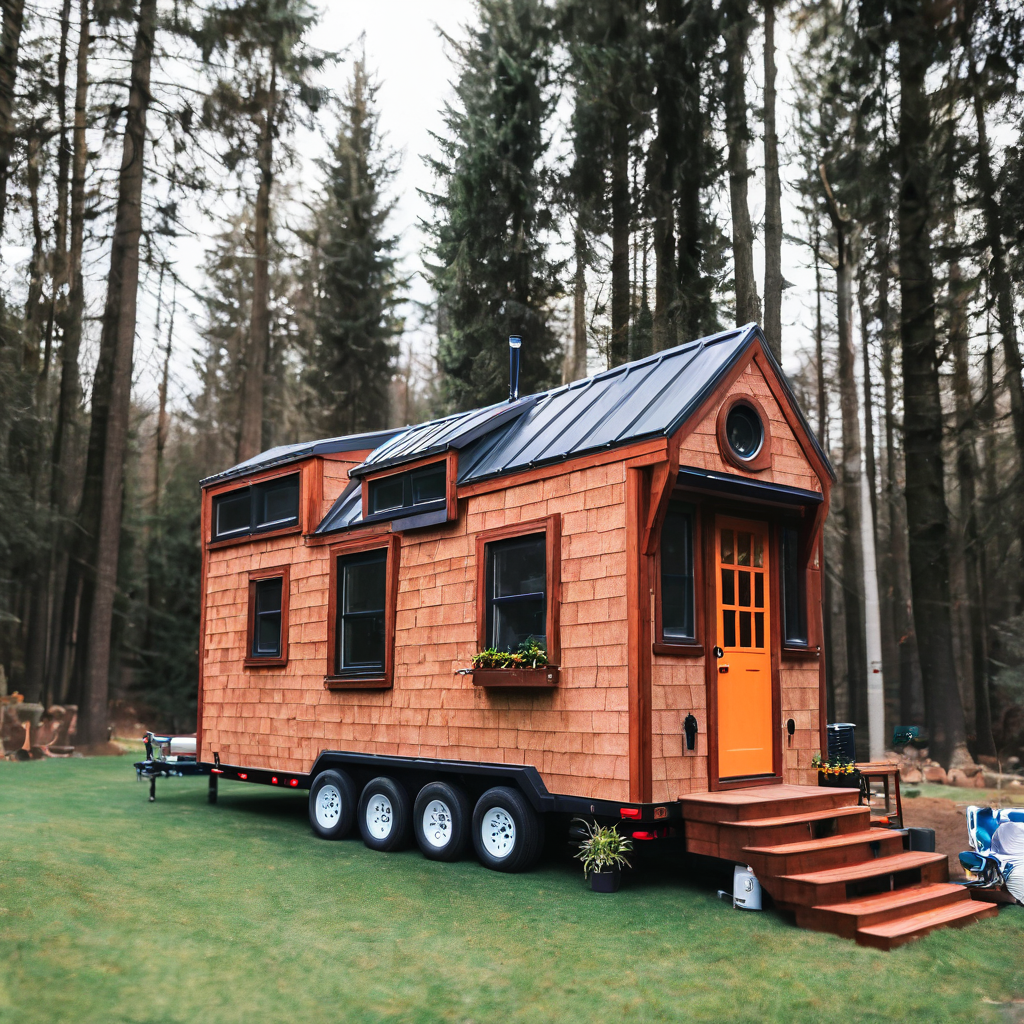
In recent years, the tiny house movement has taken the world by storm, challenging traditional notions of what it means to have a ‘dream home’. Amidst growing environmental concerns and a widespread desire for financial freedom, more and more people are choosing to downsize their living spaces. Here’s what you need to know about the tiny house lifestyle, its benefits, and why it might be more than just a fleeting trend.
What are Tiny Houses?
Tiny houses are typically defined as living spaces that range from 100 to 400 square feet. These homes can be stationary or built on trailers, offering owners the flexibility to move. Despite their small size, tiny houses are designed to maximize space and often feature innovative storage solutions, multi-functional furniture, and lofted bedrooms.
Why Choose a Tiny House?
- Environmental Sustainability: Tiny houses have a smaller carbon footprint compared to traditional homes. Their reduced size means less energy consumption for heating, cooling, and lighting. Many tiny houses also incorporate green technologies such as solar panels and rainwater collection systems.
- Financial Freedom: With lower costs for building, maintenance, and utilities, tiny house owners often enjoy a debt-free lifestyle. This financial freedom allows individuals to allocate money toward experiences, savings, or investments rather than a mortgage.
- Simplicity and Minimalism: Living in a tiny house encourages a minimalist lifestyle, compelling individuals to consider what possessions truly bring value to their lives. This can lead to a less cluttered existence, both physically and mentally.
- Mobility: For tiny houses built on trailers, the ability to travel or easily relocate is a significant advantage. This mobility appeals to those with remote jobs or a desire for frequent change of scenery.
Challenges and Considerations
Despite the appeal, tiny living isn’t without its challenges. Zoning laws and building codes in many areas are not adapted to tiny houses, making legal placement a hurdle. Additionally, the small space can be a significant adjustment, particularly for families or those with pets.
The Future of Tiny Houses
As the movement grows, there is increasing advocacy for changes in housing regulations to accommodate tiny homes. The tiny house trend is also expanding into community developments, where clusters of tiny houses share common spaces and amenities.
Moreover, the principles of tiny living are influencing the broader housing market, with a push towards more sustainable and efficiently designed spaces. The tiny house movement is not just about the size of one’s living space but about redefining what it means to live well.
The tiny house movement goes beyond the appeal of a quaint and cozy home; it’s a reflection of shifting priorities towards sustainability, financial independence, and simplicity. As society continues to evolve, tiny houses present an intriguing alternative to traditional homes, promising a lifestyle that values freedom, flexibility, and a lighter footprint on the planet.
Cedar Hill St. Louis Jefferson County Olivette Kirkwood Ballwin Arnold Franklin County St Charles County Fenton High Ridge Dittmer Creve Coeur
